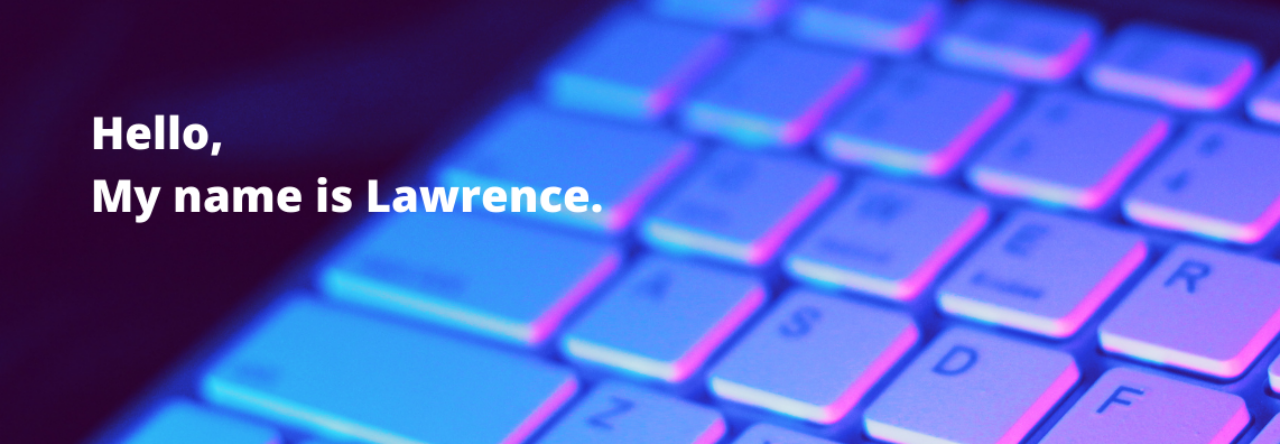In the Information Age, a wealth of knowledge is accessible with just a few keystrokes and mouse clicks. Our way of learning has changed. A PLNs improve the development of thoughts and ideas by spreading quickly through the Internet. It feeds people’s demand for timely information dissemination. The emergence of PLNs has broken the restriction of information dissemination geographically, making the scope of information dissemination more extensive and sending more valuable information to domestic and foreign countries. There is no time limit for the transmission of information, and the audience does not need to wait for a specific time to receive information. Showing its superiority of rapid transmission, it also reveals its defects -fragmentation of information. The information conveyed is presented in a fragmented form. The flow of information and events reflecting objective reality is composed of micro-content from different sources, different times, etc. The more people’s opinions we hear, the less we may get close to the truth of the matter and restore the true picture of the event.
Discourse is not a static, idealized phenomenon or a totalized being, but a form of expression of the meaning of things, a way of thinking, a way of acting, and a way of social practice. It is also a way of thinking, acting, and doing. The understanding of discourse needs to be reduced to the specific context of practice, which controls discourse as a model of communication events. Educators are committed to interpreting educational practice with their theoretical research and discourse systems and propose new concepts, categories, and expressions. Educators keep pace with the times, accurately reflect the requirements of the times, and update their discourse promptly, eliminating outdated discourse and incorporating new discourse.
Coursera is a great online public course platform whether you are interested in a field of science, technology or liberal arts. The courses are closely linked to universities courses. There are both theoretical and practical classes, and the pace of the classes is similar to that of a university.
In a fast-moving digital world, schools can take advantage to make it useful in education. Through appropriate use, social media can enhance student learning and strengthen the connection between students and teachers. Social media is also applicable to research. Students can use polls, surveys, or even post a simple question to get people’s opinions on a particular topic.
Social media extends faculty office hours and facilitates interaction between faculty and students after class. For students who don’t have the opportunity or are too shy to ask their questions in a public classroom. Social media provides a relatively private platform for them. In a higher education setting, social media can be effective in reaching out and communicating with students.
However, with the widespread use of social media in education, there are concerns about its negative effects, such as distraction, the proliferation of irrelevant information, and the temptation of undesirable information. Students are increasingly dependent on social media and the Internet for information. Students’ ability to learn, and research, has declined, as their engagement in these social media distracts them from their studies and makes them spend less time on them, leading to a decline in their academic performance. Social networking is an open platform that provides a venue for the display of our talents, emotional expression, and interpersonal expansion. But at the same time, it also brings some hidden dangers to the physical and mental growth of college students. The diversity, openness and richness of information on the Internet can make college students lose their judgment and analysis ability. They may blindly follow the wrong information, misunderstand the values. And even touch the law and morality in the process of socialization, leading to the path of crime. Since the social network has gradually become a way of life for college students to interact with others, individual college students indulge in online interaction and use it to escape from reality or avoid real human interaction. Long-term indulgence in online interaction leads to various discomforts in real-time interaction and even degradation of interaction ability. This is the drawback that social network brings to the actionability of college students.
Reference
Miller. (2021, June 10). Jesse Miller: Brad Baker EDCI 338[Video]. Youtube.https://youtu.be/C5z8iHxW2n4
Veletsianos, G. (2010). Developing Personal Learning Networks for Open and Social Learning. In Emerging technologies in distance education (pp. 109–128). essay, Athabasca University Press.
